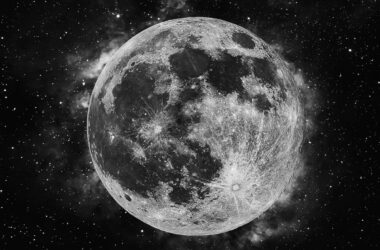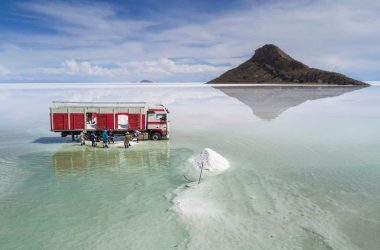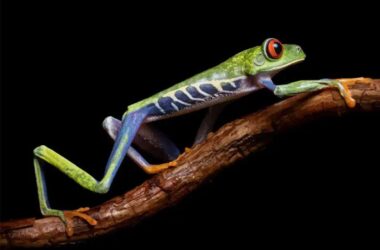Lake Maracaibo, located in Venezuela, is the largest natural body of water in South America, covering an area of around 13,500 square kilometers. This magnificent image of the lake, captured by a satellite from the Copernicus Sentinel-2 mission, showcases its stunning colors. However, the origin of these colors is not as beautiful as they appear.
Formation and Geography
Lake Maracaibo formed approximately 36 million years ago, making it one of the oldest lakes on Earth. It is connected to the Gulf of Venezuela by a narrow strait in the north. The northern part of the lake receives saltwater from the Caribbean Sea, giving it a briny quality, while the fresher waters from rivers flow into the southern part.
Pollution and Contamination
The image reveals the impact of pollution and contamination on Lake Maracaibo. Cities like Maracaibo and Cabimas, located on the western and eastern sides of the lake respectively, contribute to the contamination through oil leaks and sewage run-off. These pollutants create vibrant jade-colored swirls on the lake’s surface.
Toxic Algae Blooms
The pollution in the lake has led to the proliferation of blue-green algae, forming toxic blooms. These blooms pose a serious threat to the surrounding ecosystem and to the people living around the lake. The Copernicus Sentinel-2 mission allows scientists to monitor pollution levels and assess the impact on both the environment and human health.
Monitoring the Threat
The Copernicus Sentinel-2 mission plays a crucial role in monitoring pollution levels in Lake Maracaibo. By keeping a close eye on the contamination, scientists can better understand the threats posed to the lake’s ecosystem and the well-being of the people living in the area.








